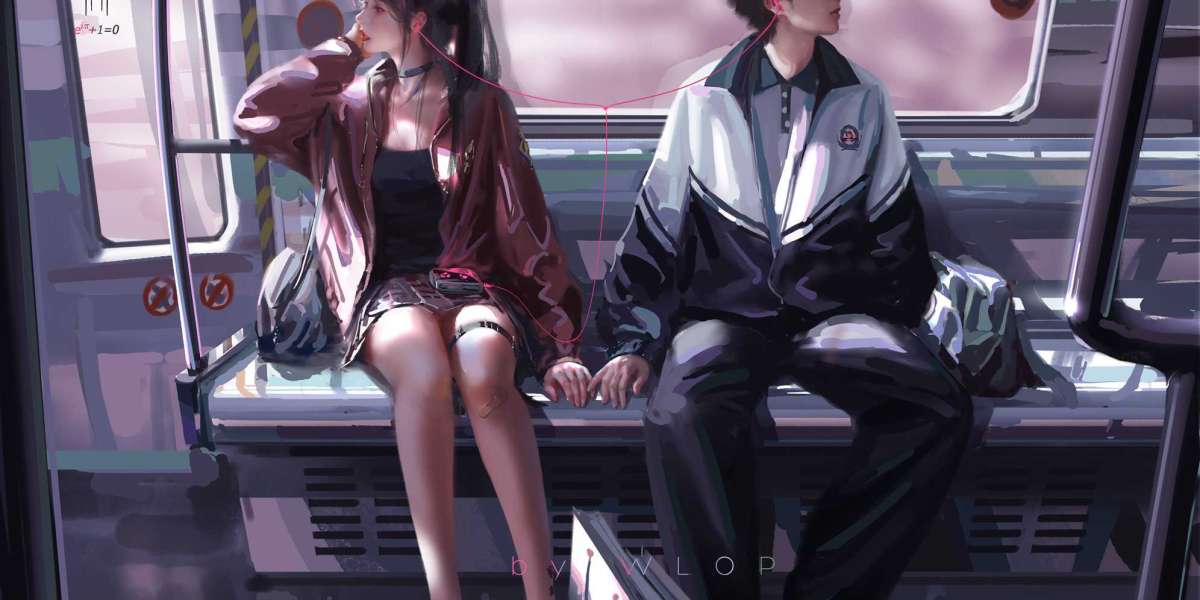In today's fast-paced manufacturing environment, ensuring product quality is paramount. Visual inspection systems have emerged as a game-changer, offering innovative solutions that enhance quality control processes. But what exactly are these systems, and how do they work?

Understanding Visual Inspection Systems
Visual inspection systems utilize advanced technologies, such as artificial intelligence (AI) and machine learning, to automate the inspection process. These systems are designed to detect defects, measure dimensions, and ensure that products meet specified standards. By integrating high-resolution cameras and sophisticated algorithms, manufacturers can achieve a level of precision that manual inspection simply cannot match.
Benefits of Implementing Visual Inspection Systems
- Increased Accuracy: Automated systems significantly reduce human error, leading to more reliable inspections.
- Cost Efficiency: By minimizing defects and rework, companies can save on production costs.
- Speed: Visual inspection systems operate at high speeds, allowing for faster production rates without compromising quality.
- Data Collection: These systems can gather valuable data for continuous improvement, helping manufacturers refine their processes.
How Visual Inspection Systems Work
At the core of visual inspection systems is the ability to capture images of products as they move along the production line. The captured images are then analyzed using sophisticated algorithms that can identify anomalies. For instance, if a product has a scratch or is out of specification, the system can flag it for further inspection or removal from the line. This process not only ensures quality but also enhances overall operational efficiency.
Applications Across Industries
Visual inspection systems are not limited to a single industry; they are versatile tools applicable in various sectors, including:
- Automotive: Ensuring the integrity of components and assemblies.
- Electronics: Inspecting circuit boards and components for defects.
- Food and Beverage: Checking packaging integrity and product quality.
- Pharmaceuticals: Verifying labeling and packaging compliance.
The Future of Quality Control
As technology continues to evolve, the capabilities of visual inspection systems will expand. Future advancements may include enhanced AI algorithms that can learn from past inspections, further improving accuracy and efficiency. Manufacturers who adopt these systems will not only stay competitive but also set new standards in quality control.
For those interested in exploring cutting-edge solutions in this field, consider visiting  . This resource provides insights into the latest innovations in visual inspection systems.
. This resource provides insights into the latest innovations in visual inspection systems.
In conclusion, the integration of visual inspection systems into manufacturing processes is not just a trend; it is a necessity for maintaining high-quality standards. As these systems continue to develop, they will undoubtedly play a crucial role in shaping the future of quality control.








